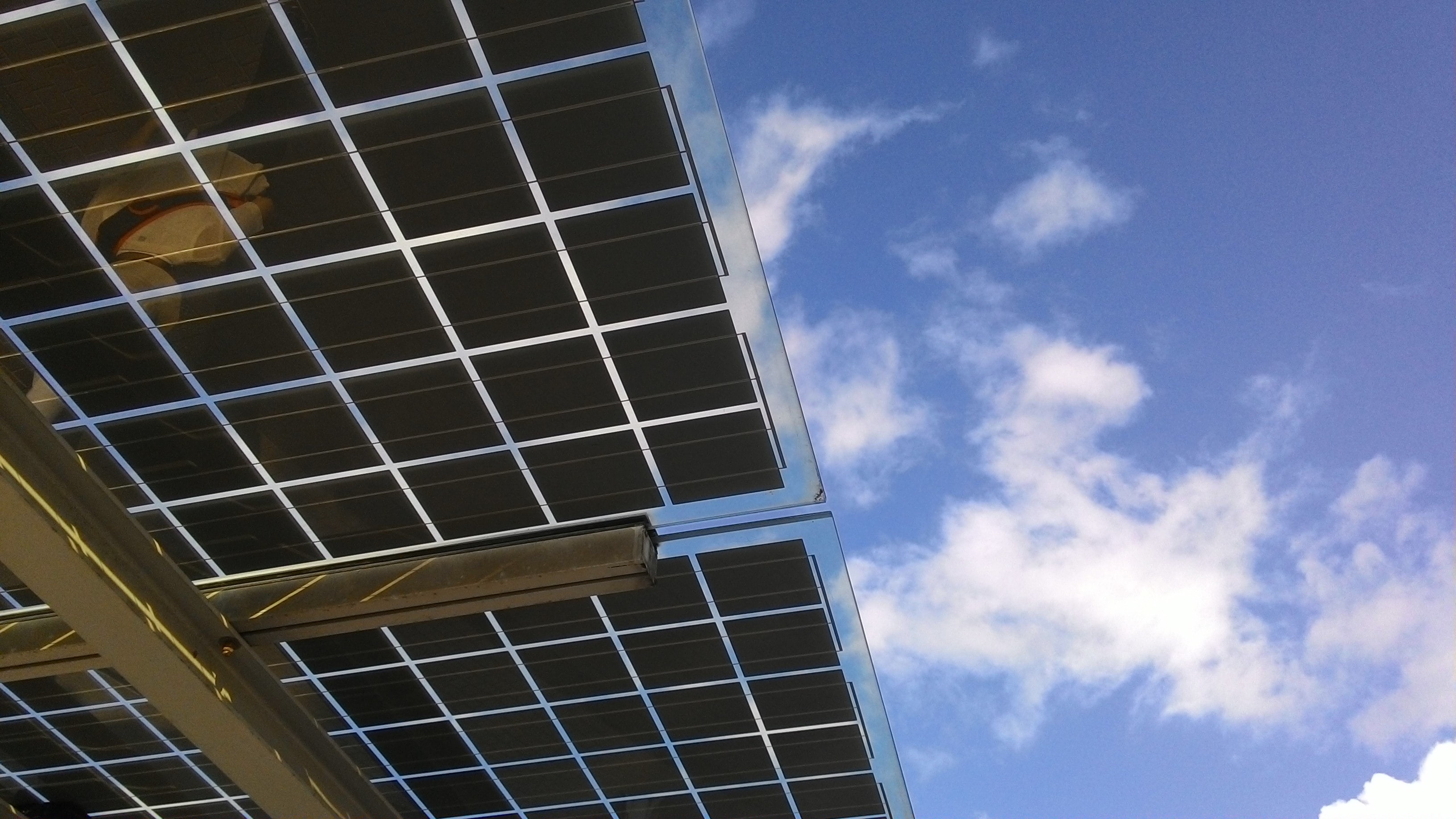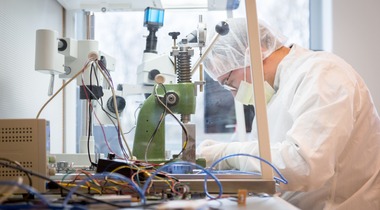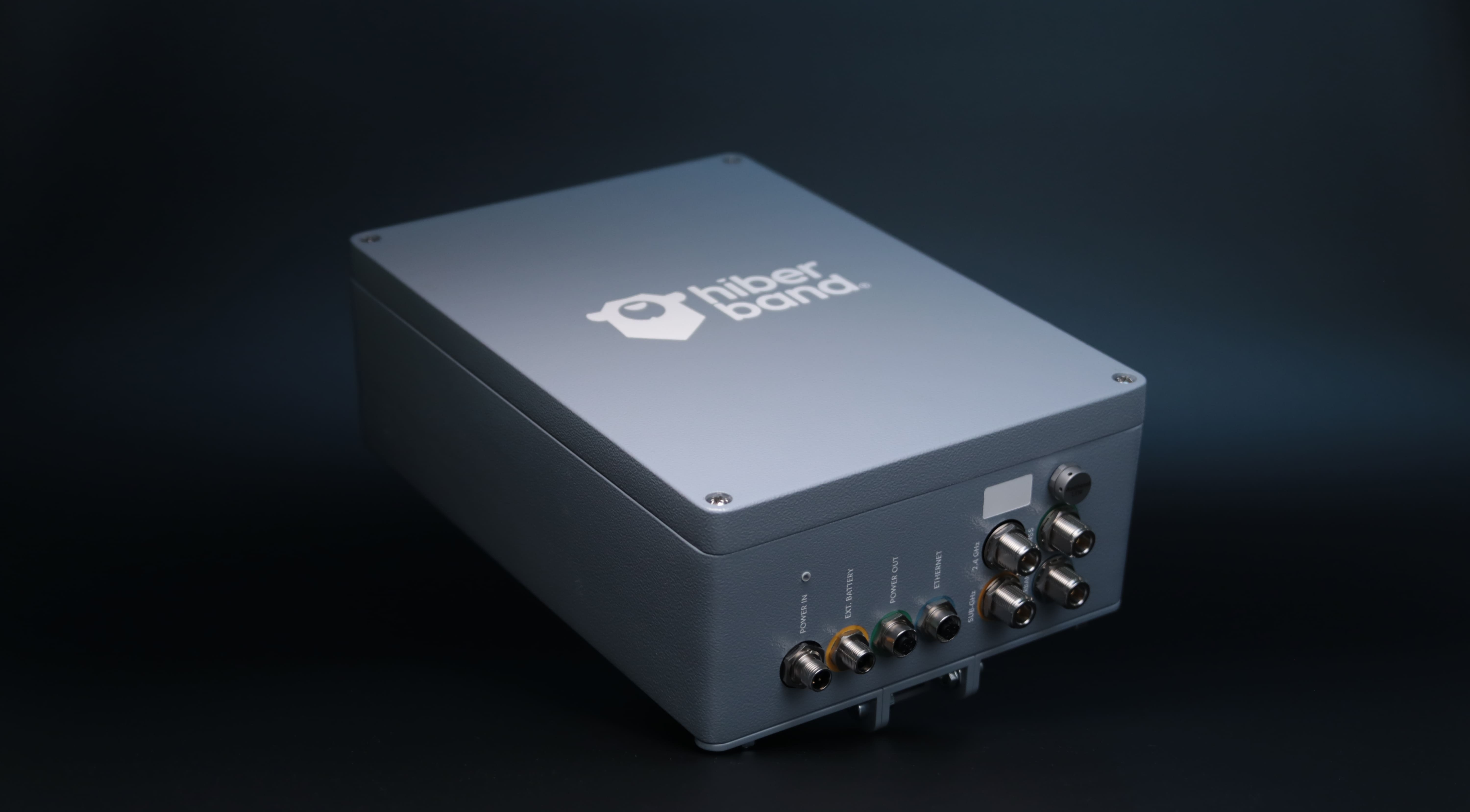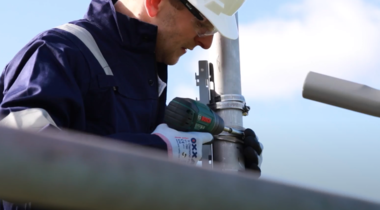When we built HiberHilo, we set out to make well monitoring easy. The kind of thing that can be done with your own internal engineers, and no expensive contractors.
And we knew that as part of that, maintenance had to be as simple as possible.
Keeping the gateway up and running.
The HiberHilo gateway is a sleek looking metal box that’s designed to handle the toughest conditions. But we recommend taking a look at it once a year to make sure it looks as good as new.
What are you looking for when you check it out? Corrosion, especially around the gateway connectors. If the metal around the connectors begins to corrode, it can lead to unexpected downtime.
A little bit of corrosion won’t hurt the system. But if your engineers are questioning whether the corrosion is worth replacement, they can always snap a photo and share it with us. Our support team will take a look and decide if the unit needs to be replaced. If there’s any case of severe corrosion, Hiber will provide a replacement unit, free of charge.
If you’ve installed a solar-powered gateway, we’ll also ask you to check the battery levels once a year. Depending on the environmental conditions and your usage, the battery life can last years. You’ll get a notification whenever the battery dips below 20% capacity so you can plan battery changes, but that notification will come months before the battery actually dies.
Sensor check.
Just like the gateway, you’ll want to check the sensors once a year to see if there’s any serious corrosion that needs addressing. And, just like the gateway, your team can snap a photo, send it to Hiber, and we’ll let you know if the unit needs to be replaced. If it does need to be replaced, we’ll send you a new sensor, free of charge.
While you’re checking the corrosion for each sensor, you’ll also need to check the battery life. You can check the battery using an hazardous area-approved smartphone with Bluetooth. Just open up the app provided by Hiber, and you’ll see the battery life in seconds. Sensor battery lifetimes range from 3-5 years, depending on transmission frequency, so you can almost forget about them.
Wondering about calibration? That’s also easy. Our sensors don’t need to be calibrated when they’re installed, because they’re calibrated during manufacturing. We recommend you perform a comparison of the pressure sensor value with a reference sensor to confirm the calibration every five years. If it turns out that a calibration is required, we’ll replace the sensor in question.



